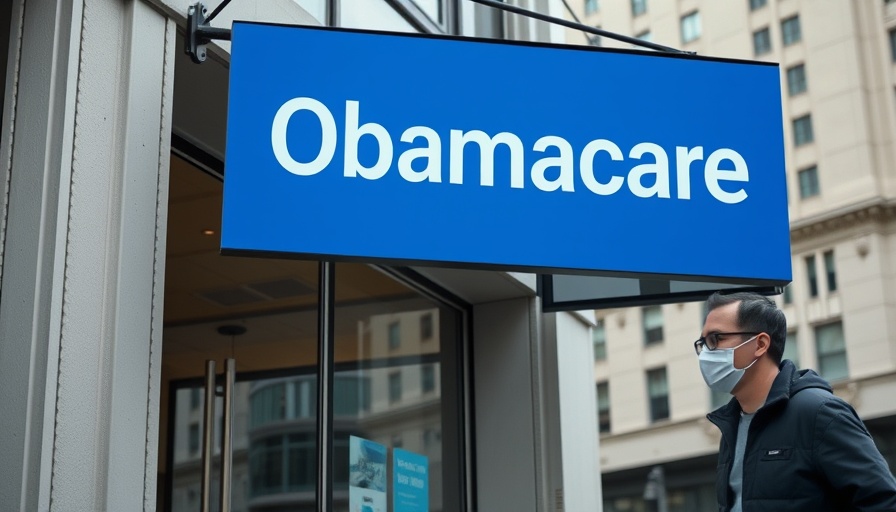
Understanding the ACA Enrollment Changes and Their Impact
More than 20 states have grabbed headlines by filing a lawsuit against the Trump administration over recent changes to the Affordable Care Act (ACA) enrollment process. This lawsuit, initiated in a Massachusetts district court, claims that the new rules could lead to almost 1.8 million individuals losing their coverage, ultimately increasing the number of uninsured and causing a rise in healthcare costs for states.
The Controversial Changes at a Glance
The new regulation shortens the open enrollment period by one month and restricts special sign-up opportunities for lower-income beneficiaries. It also makes it easier for financial assistance to be revoked if tax information doesn’t match, which can complicate the enrollment process for many.
The Financial Ramifications for States
According to state attorneys general, the changes will not only reduce the number of enrollees but will also result in significant financial strain on state budgets. States will incur compliance costs for technical updates, increased Medicaid expenses, and potential revenue losses from uninsured residents. This has raised concerns about how effectively states can manage their healthcare provisions while absorbing these added costs.
A Broader Look: The Importance of Accessibility
The ongoing struggles surrounding the ACA highlight a crucial overarching issue—the need for accessible healthcare. With enrollment numbers for ACA plans hitting record highs, changes perceived to limit access could jeopardize the hard-won progress in public health.
The confusion generated by these regulations and the burden placed on states may make it more challenging for individuals to navigate their healthcare options. As states push back through legal channels, it remains to be seen how this might affect the healthcare landscape in the United States moving forward.
While the ACA aims to facilitate access to needed health services for everyone, regulations such as these spark debates on how effectively that goal can be achieved. It underscores the ongoing conversations and actions that are essential in shaping a better healthcare future for all.
 Add Row
Add Row  Add
Add 




Write A Comment